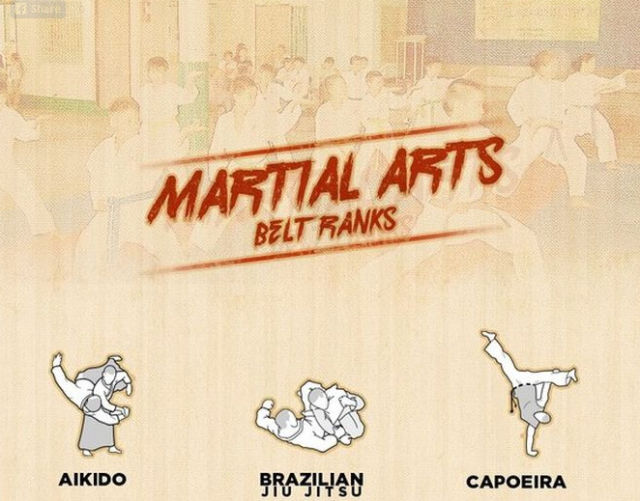Debunking The Various Fighting Style Designs: From Karate To Taekwondo
Debunking The Various Fighting Style Designs: From Karate To Taekwondo
Blog Article
Content Composed By-Childers Francis
Are you tired of feeling overwhelmed by the vast globe of fighting styles? With numerous styles to choose from, it can be very easy to get shed in a sea of punches, kicks, and strange names. But anxiety not!
This conversation will certainly debunk the different fighting styles styles, taking you on a trip from the effective strikes of Martial arts to the vibrant kicks of Taekwondo. Prepare yourself to uncover the beginnings, techniques, and philosophies behind these ancient art forms.
So, tighten your belt and prepare to start an enlightening exploration into the captivating globe of martial arts.
Beginnings of Martial Arts Styles
The origins of martial arts designs can be traced back to old human beings and their demand for protection and fight methods. Throughout history, various cultures developed their own distinct approaches of fighting, each with its very own set of strategies and viewpoints.
In China, as an example, martial arts styles such as Martial art and Tai Chi were developed as a way of protection and boosting physical and psychological well-being.
In Japan, the samurai warriors created designs like Karate and Judo, concentrating on discipline, accuracy, and mastery of the body.
Likewise, in Korea, Taekwondo became a fighting style emphasizing high kicks, quick movements, and psychological perseverance.
These very early human beings laid the foundation for the varied selection of martial arts designs that exist today, each with its own abundant background and social importance.
Methods and Educating Methods
To master martial arts designs, practitioners must learn different techniques and training approaches.
https://www.mentalhealthtoday.co.uk/news/children/taekwondo-linked-to-significantly-improved-emotional-self-regulation-in-children are the particular activities and actions made use of in battle, such as strikes, kicks, throws, and obstructs. Various fighting styles styles have their own distinct set of methods that experts must understand via extensive training.
Training methods vary depending on the design, but they typically include a combination of physical fitness, drills, sparring, and forms.
Physical conditioning is crucial to develop toughness, flexibility, and endurance. Drills assist professionals refine their techniques and enhance their speed and accuracy.
martial arts to learn enables practitioners to practice their techniques in a controlled, realistic atmosphere. Types, also known as kata, are cut-and-dried sequences of movements that assist professionals develop muscular tissue memory and focus.
Ideologies and Principles
Exploring the philosophies and principles of martial arts styles can give you with a deeper understanding of your selected self-control. Each martial art has its very own unique philosophy and set of guiding principles that shape the method it's exercised.
As an example, Karate emphasizes discipline, respect, and self-control. It shows experts to concentrate their minds and bodies, allowing them to safeguard themselves while maintaining a feeling of internal tranquility.
On the other hand, Taekwondo positions a strong emphasis on speed, agility, and flexibility. Its principles are rooted in the tenets of courtesy, stability, perseverance, self-control, and indomitable spirit.
Final thought
Since you have actually explored the origins, strategies, and viewpoints of numerous fighting styles styles, you have a much deeper understanding of these old techniques.
Visualize a young karate trainee, practicing with undeviating determination and emphasis, appearing boards with a powerful punch.
Their trip showcases the commitment and toughness called for to understand a fighting style, advising us that with technique and perseverance, anything is possible.
